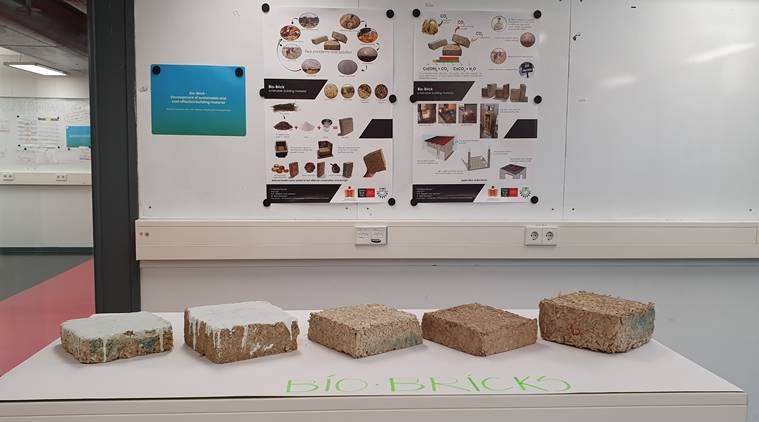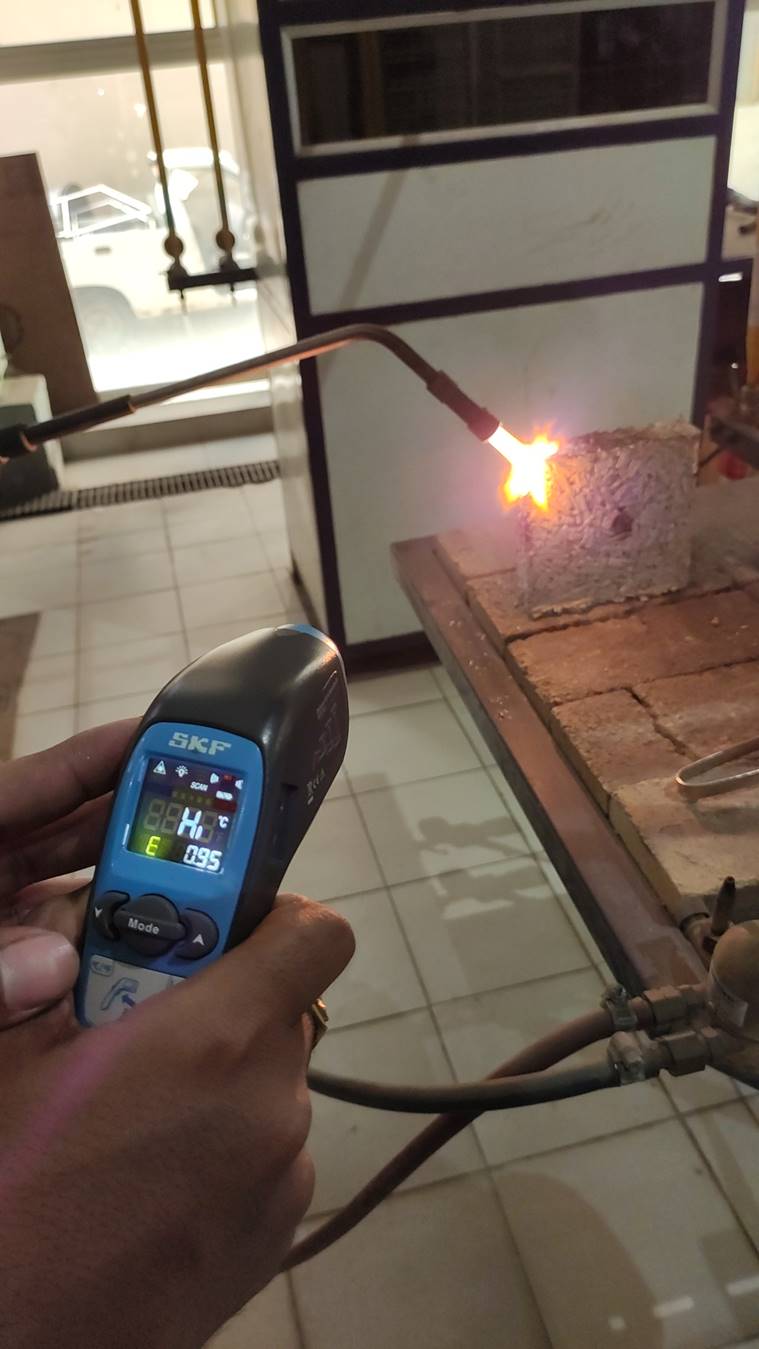
Researchers from the Indian Institute of Technology (IIT) Hyderabad and Kalinga Institute of Industrial Technology (KIIT) School of Architecture, Bhubaneshwar have developed bio-bricks for construction from agricultural waste products.
The researchers claim that bio-bricks will serve the dual purpose of waste management and development of eco-friendly, sustainable building materials.
This research was undertaken by Priyabrata Rautray, PhD scholar, Design Department, IIT Hyderabad and Avik Roy, assistant professor, KIIT School of Architecture, Bhubaneshwar. The team’s bio-brick received a Special Recognition Trophy for sustainable housing at Rural Innovators Start-Up Conclave 2019 organised recently by National Institute of Rural Development and Panchayati Raj (NIRDPR), Hyderabad.
Speaking about the need for ‘bio-bricks,’ Rautray said, “Nearly 22 per cent of India’s total annual carbon-dioxide emissions is due to the construction sector. Clay bricks not only use up fertile topsoil, but their manufacturing process also emits significant amounts of carbon dioxide into the atmosphere.”
Further, the repurposing of agricultural waste is particularly important in India. More than 500 million tons of agricultural waste are produced in the country every year. While some of this is reused as fodder, 84 to 141 million-tons are burnt, which results in severe air pollution, claim the researchers.
Read| IIT-BHU students create bricks from waste to harness rainwater, replenish groundwater level
The process of making bio-bricks starts with careful selection of the dry agro-waste such as paddy straws, wheat straws, sugarcane bagasse and cotton plant. The team uses dry sugarcane bagasse for the first sample. The bagasse is first chopped to the desired size. A lime-based slurry is prepared, and chopped agro-waste is added to it and mixed thoroughly by hand or a mechanical mixer to create a homogenous mixture.

This mixture is poured into moulds and rammed with a wooden block to make a compact brick. These moulds are left to dry for a day or two, after which the sides of the moulds are removed, and the brick is allowed to dry for 15 to 20 days. It takes approximately a month for these bio-bricks to attain their working strength by air drying.
Although these bio-bricks are not as strong as burnt clay bricks and cannot be used directly to build load-bearing structures, they can be used in low-cost housing with a combination of wooden or metal structural framework. Besides, these bricks provide good insulation to heat and sound and help in maintaining the humidity of the buildings, making these houses suitable for a hot-humid climate like India.
“Other than bio-bricks, this material can be used as panel boards or insulation boards and designers could explore such applications for this sustainable material,” added Rautray. The team continues to study such designs and also seeks ways in which the load-bearing capacity of the bricks can be improved.